Rare Tourmaline Gemstones
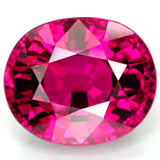 |
Tourmaline is one of our favorite gemstones, and we always maintain an inventory of at least 2,000 to 3,000 pieces. This popularity stems from its status as the quintessential colored gemstone. With a hardness of 7 to 7.5 on the Mohs scale and remarkable durability—thanks to its lack of cleavage—tourmaline is an excellent choice for jewelry. It comes in an incredible range of colors, including rare tourmaline varietes like bi-color and tri-color, like the recognizable watermelon tourmaline. The finest examples exhibit exceptional clarity and a vitreous luster, rivaling that of any precious stone. Additionally, the extensive color variation and pleochroism found in tourmaline mean that nearly every piece is truly unique. Discover our collection of loose tourmaline for sale.
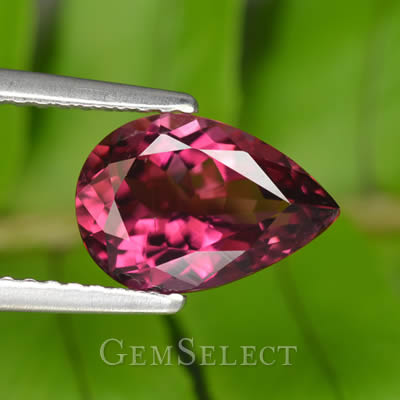
Tourmaline is found in many places in the world and it is one of the few gemstones for which the USA is famous. The initial American discoveries of tourmaline occurred in 1822 in Maine, while California emerged as a significant tourmaline producer in the early 1900s. Maine's deposits yield raspberry pink-red crystals and minty green material, whereas California's deposits are renowned for bright pink and bicolored gems. During the early 1900s, both Maine and California were the primary global sources of gem-quality tourmaline. The Empress Dowager Tz'u Hsi, the final Empress of China, had a fondness for pink tourmaline and acquired substantial quantities from the Himalaya Mine in San Diego County, California for gemstones and carvings. Presently, the majority of tourmaline supply originates from Africa, specifically Mozambique, Namibia, Nigeria, and Tanzania.
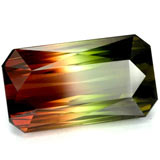 |
Among the 100 or so hues of tourmaline are some rare and special varieties that are particularly valuable and sought after by collectors. These include chrome tourmaline, an extraordinary vivid green material from Africa; the neon blue-green Paraiba tourmaline from Brazil (with recent finds in Africa); and the tri-colored variety aptly named watermelon tourmaline.
Chrome tourmaline, colored by chromium and vanadium, has perhaps the richest, most intense green in the gemstone world, rivalling the very finest emerald and tsavorite garnet. Chrome tourmaline was first mined in Tanzania in the 1960s and is very difficult to find. Generally it can only be found in small sizes, but the quality is usually high. The color is typically a pure forest-green with slightly yellowish to bluish secondary hues. A blue secondary hue is preferred.
The electric blue-green Paraiba tourmaline was first discovered in the Brazilian state of Paraiba in 1989. Colored by copper and manganese, this new tourmaline caused a sensation in the market. The market demand was so great and the supply so limited that the original Brazilian mine has been completely worked out.
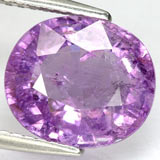 |
However, in 2001 some similar copper-bearing, blue-green tourmaline was discovered in Nigeria, though the color saturation was not quite as good as the Brazilian material. Then in 2005, a third find was made, this time in Mozambique. The Mozambican material is found in a range of colors, from green and blue-green to violet.
The new finds of copper-bearing tourmaline led to a vigorous debate in the gemstone community about whether the term "Paraiba" should be used for the African copper-bearing tourmaline. Some argued that the Brazilian and African material were chemically similar, if not identical. Others argued that "Paraiba" was a location name and should be reserved for the Brazilian material only. Some gem dealers started to use the term "African paraiba". The decision to use "Paraiba tourmaline" as a variety name rather than an origin name resolved a contentious nomenclature dispute within the industry. This move came as laboratories encountered challenges in differentiating between tourmaline from Mozambique and Brazil, effectively diffusing the escalating debate.
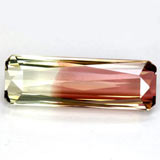 |
Tourmaline is famous for bi-colored and tri-colored gems, and the aptly named watermelon tourmaline is unique among these multicolored stones. With zones of green and pink/red, typically separated by a narrow white line, these unique pieces are extremely desirable to collectors. Available in many shapes, including cross-sections or slices, large gems with strong colors are quite rare and expensive.

